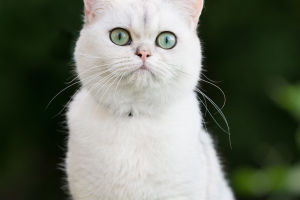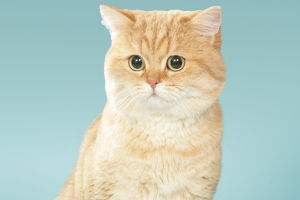Pelicans prefer to live in groups, inhabiting coasts, swamps, rivers and large bodies of water, and feed on fish.
Pelicans look both awkward and unsightly because of their large size.
But in fact, they are agile and are excellent flyers and swimmers.
Pelicans are strong fliers, good swimmers but not divers, and prefer to roost or fly in groups, often swimming at the surface of the water.
One of the most distinctive features of the pelican is its flat, wide, large, pointed and long central beak, with a large, retractable throat sac at the base of the lower jaw.
What does the pelican's particularly large throat sac do for it?
1. Pelicans use their throat sacs to peddle fish and shrimp for food
The pelican's throat sac is said to be able to hold about nine liters of water when fully extended, and the pelican uses its net-like beak as a special fishing tool to catch fish.
If a pelican is floating on the surface to feed, it simply thrusts its large beak into the water and catches fish like a fishing net.
They are very interesting when feeding, often forming a long line with their wings, slapping the water with a loud sound, driving the fish to the shore, and then opening their large beaks to peddle the water forward, peddling the fish like a fishing net.
2. The huge throat sac has a temporary storage function
If the pelican catches more fish than it can eat, it is stored in the throat sac.
If a pelican is flying in the air and finds a school of fish in a lake, it flies low to the surface and sticks its beak into the water to feed.
The pelican's large beak contains more than the contents of its stomach.
In addition, the pelican uses its throat sac to peddle and temporarily store its catch of fish and shrimp, in addition to reliably emitting its body heat.
Sometimes it is often found that after each full meal, the pelican opens its mouth and blows its throat sac dry like a fishing net, which then shrinks after drying.
There are few general categories of pelicans, the main ones being the Australian pelican, the curly-finned pelican, the American pelican, the brown pelican, the white pelican, the spotted-billed pelican, the pink pelican, and the Peruvian pelican.
Australian pelican: The Australian pelican is considered medium-sized among pelicans, with a length of 1.6 to 1.8 meters, a wingspan of 2.3 to 2.5 meters, and a weight of 4 to 13 kilograms. Their color is mainly white, with black main feathers on both wings and a light pink bill.
Australian pelican: The Australian pelican is considered medium-sized among pelicans, with a length of 1.6 to 1.8 meters, a wingspan of 2.3 to 2.5 meters, and a weight of 4 to 13 kilograms.
Their color is mainly white, with black main feathers on both wings and a light pink bill.
Curly-finned Pelican: A large white water bird with grayish-white tail feathers, light yellow eyes, orange or yellow throat and curly crown feathers on the neck. this is a pelican that lives in swamps and shallow lakes.
The American pelican is a large wading bird with a long bill and a well-developed throat pouch that is very suitable for fishing.
But cannot be stored and has its head retracted in flight and its neck bent against its back.


